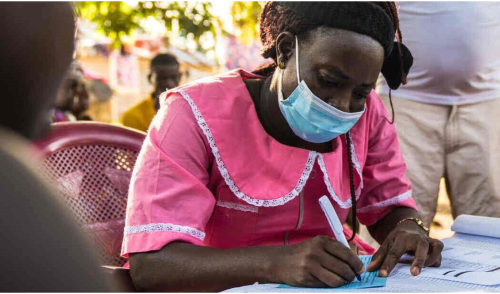
The World Health Organization (WHO) has released the Health Inequality Data Repository, which is the most comprehensive global collection of disaggregated data and evidence on population health and its determinants.
The repository allows tracking of health inequalities across population groups and over time, by breaking down data according to group characteristics such as education level and ethnicity. The data from the repository shows that the gap in health service coverage among women, newborns and children in low- and middle-income countries has nearly halved in just a decade. Furthermore, eliminating wealth-related inequality in under-five mortality in these countries could help save 1.8 million children’s lives.
The Health Inequality Data Repository (HIDR) includes almost 11 million data points and consists of 59 datasets from over 15 sources. The data encompass measurements of over 2,000 indicators broken down by 22 dimensions of inequality, including demographic, socioeconomic and geographical factors. The repository covers topics like the Sustainable Development Goals (SDGs), COVID-19, reproductive, maternal and child health, immunization, HIV, tuberculosis, malaria, nutrition, healthcare, non-communicable diseases and environmental health.
WHO Director-General Dr. Tedros Adhanom Ghebreyesus stated that the repository is vital in advancing health equity and improving lives. The HIDR will help the organization move beyond only counting births and deaths to disaggregating health data according to sex, age, education, region, and more. However, the available disaggregated data show that disaggregated data are still not available for many health indicators, and where they are available, they are mostly broken down only by sex and, to a lesser extent, by age and place of residence.
The HIDR reveals important inequality patterns; for instance, in low-income countries, hypertension rates are similar among women and men, but obesity rates are higher among women than men. The repository also reveals inequalities in national COVID-19 responses, showing that in more than a third of the 90 countries with data, COVID-19 vaccination coverage among the most educated was at least 15 percentage points higher than among the least educated.
WHO is urging countries to adopt routine health inequality monitoring, make disaggregated data publicly available, expand data collection, and increase capacity for analysis and reporting. The organization is committed to working with countries and partners to update and expand this resource annually.

